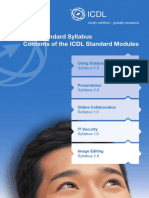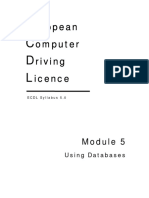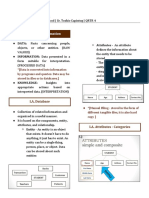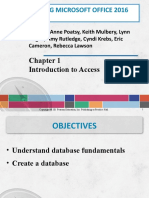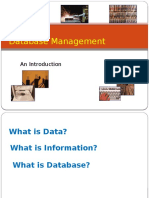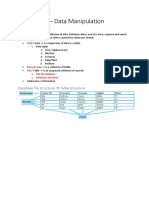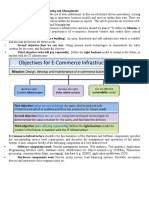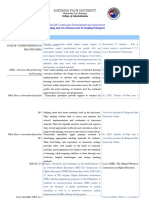0% found this document useful (0 votes)
95 views6 pagesICDL Databases Syllabus 6.0
The ICDL Professional Databases Syllabus 6.0 outlines the essential concepts and skills required for understanding and using database applications. It details learning outcomes, including creating and managing databases, utilizing queries, forms, and reports, as well as understanding database organization and relationships. This syllabus serves as a foundation for both theoretical and practical assessments in the Databases module.
Uploaded by
leenmustafa02Copyright
© © All Rights Reserved
We take content rights seriously. If you suspect this is your content, claim it here.
Available Formats
Download as PDF, TXT or read online on Scribd
0% found this document useful (0 votes)
95 views6 pagesICDL Databases Syllabus 6.0
The ICDL Professional Databases Syllabus 6.0 outlines the essential concepts and skills required for understanding and using database applications. It details learning outcomes, including creating and managing databases, utilizing queries, forms, and reports, as well as understanding database organization and relationships. This syllabus serves as a foundation for both theoretical and practical assessments in the Databases module.
Uploaded by
leenmustafa02Copyright
© © All Rights Reserved
We take content rights seriously. If you suspect this is your content, claim it here.
Available Formats
Download as PDF, TXT or read online on Scribd
/ 6
